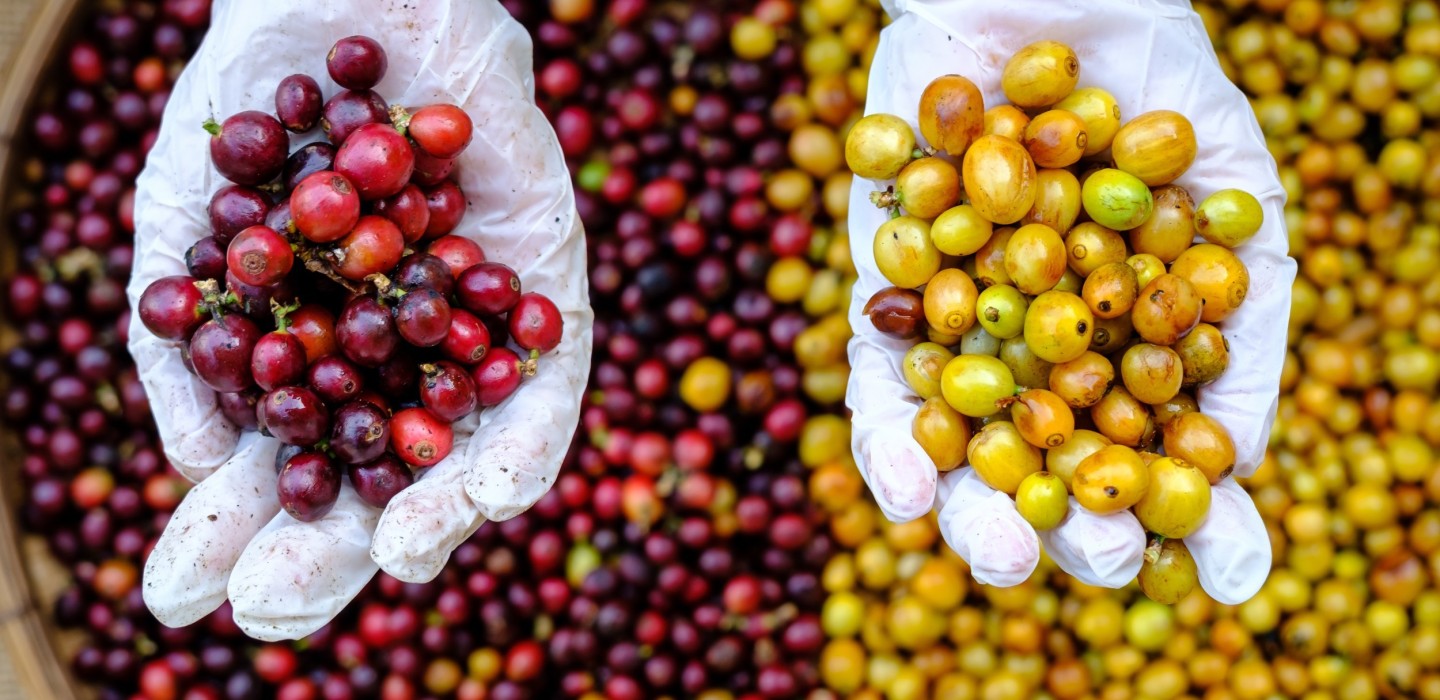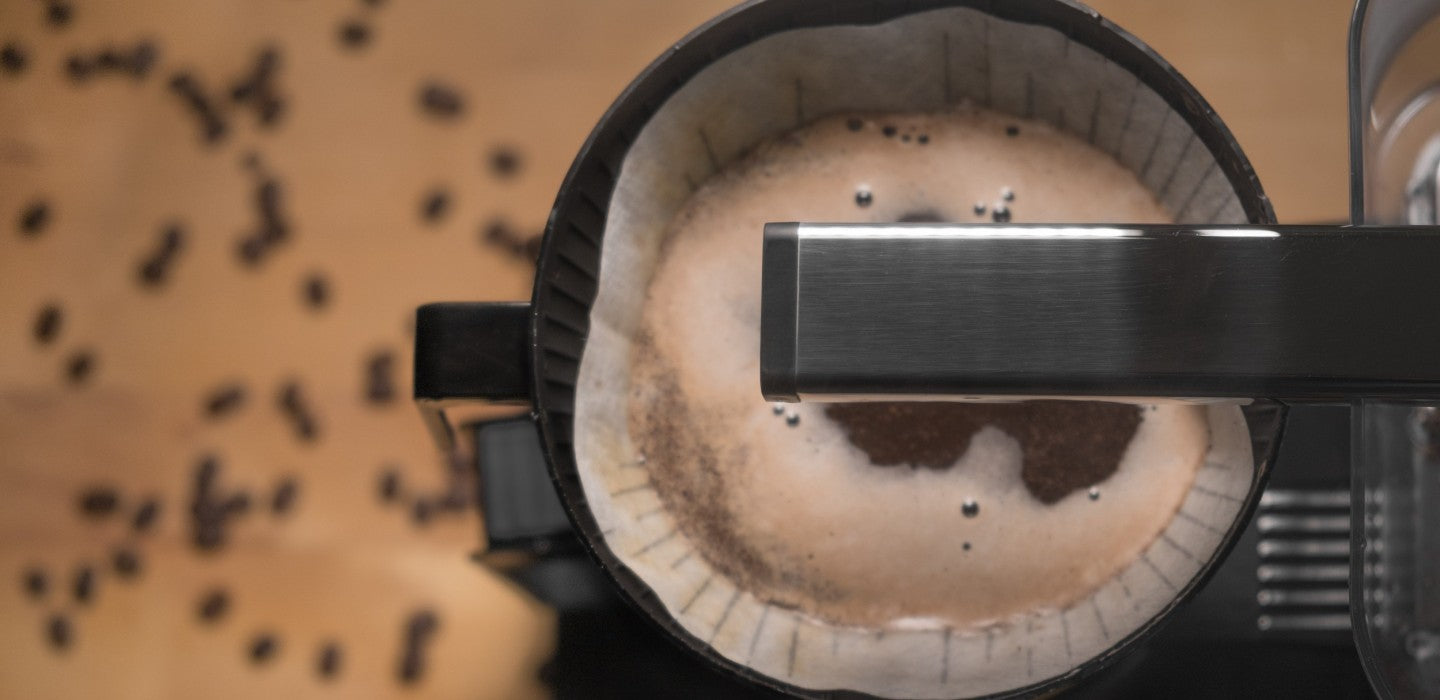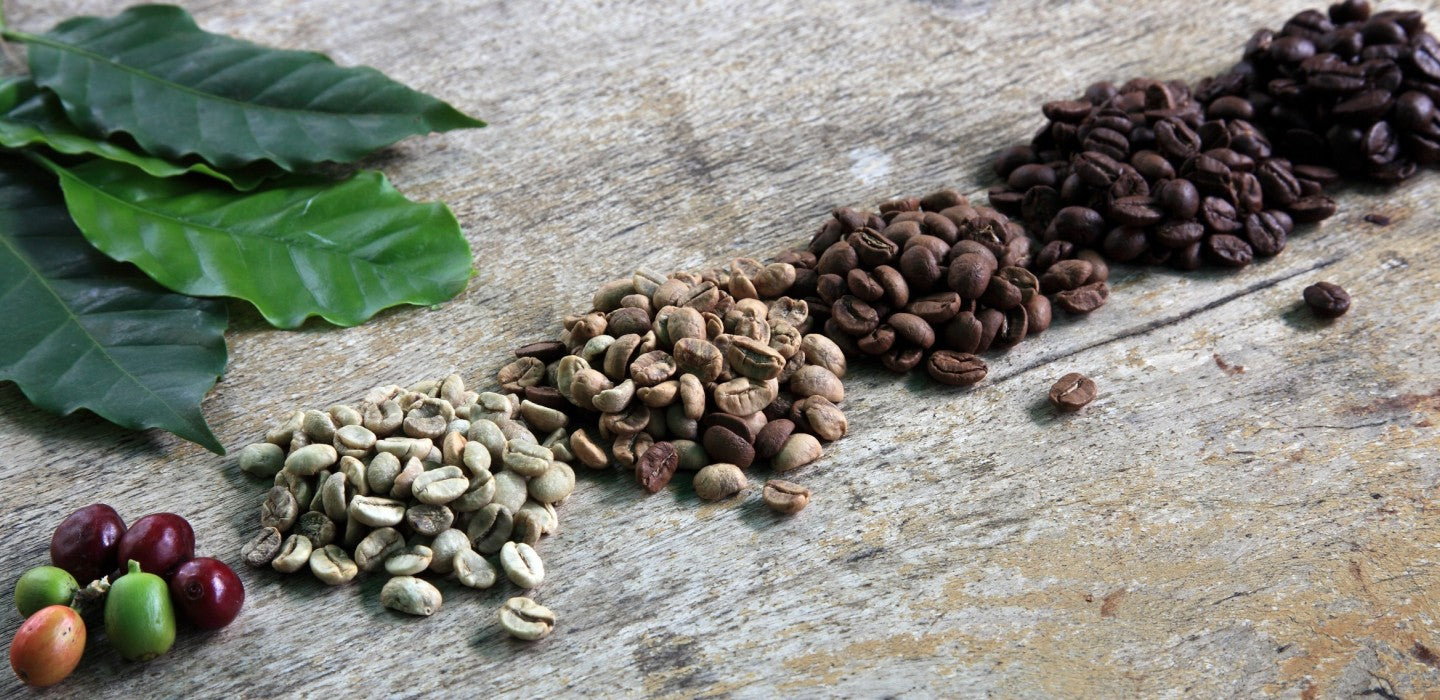Unraveling the Roots, Taste, and Processing of Bourbon Coffee
Delving into Bourbon Coffee
Bourbon, a cherished variety of Arabica coffee, introduces us to a diverse world of coffee cherries. Most coffee varieties boast mature red coffee cherries. However, Bourbon coffee presents two unique variants. The cherries on Bourbon Vermelho coffee plants, cultivated on the island of Réunion or Bourbon, are red. On the other hand, the cherries on Bourbon Amarello, grown in Brazil, are yellow. This color difference is attributed to the Brazilian coffee plant being crossed with a native yellow species. The yellow cherries of this Bourbon coffee are distinguished by their increased sweetness and early maturity.
The Origins of Bourbon Coffee
The roots of Bourbon coffee trace back to. Royal French botanists initially cultivated it on the Bourbon island. Acquiring its name from this island (now named La Réunion post the French Revolution), Bourbon coffee was transported to Brazil via French Guiana. Even today, Bourbon coffee is predominantly grown in Brazil, sporadically found in Kenya too. Bourbon optimally grows at altitudes ranging from 1100 to 2000 m. Particularly in southeastern Brazil, specifically in the Santos region, Bourbon coffee is extensively cultivated. The volcanic mountain slopes enriched with minerals and the balanced climate provide the best conditions for the growth of this refined coffee.
The Taste Profile of Bourbon Coffee
Bourbon boasts a very low, balanced acidity that positively influences its overall taste. The subtle nutty undertone further defines this coffee variety. Commonly Bourbon coffee also exhibits a fruity note, typically accompanied by a pleasant natural sweetness. This makes it an ideal choice for coffee enthusiasts who prefer to ditch sugar in their beverages.
Harvesting and Processing of Bourbon Coffee
Bourbon coffee is primarily hand-harvested or occasionally shaken off the tree. Since the plants typically grow on slopes inaccessible for machinery, ripened cherries are often collected using cloths spread out underneath to prevent the cherries from falling to the ground and initiating fermentation.
Following the harvesting, the coffee cherries proceed to sorting facilities where they are also cleaned. A 'pulper' generally removes a fraction of the fruit's flesh. The partial-pulped cherries are then naturally dried on large terraces under the sunlight. This technique, termed as ‘ulped-Natural-Method’, is characterized by the involvement of the remaining fruit's flesh attached to the bean in the drying process. As the cherries dry, sugar is released to the beans, contributing to the enhanced sweet notes that are characteristic of the Bourbon variety.
Our exploration into Bourbon's roots, flavor profile, and processing methods reveals a world of natural sweetness and pleasant flavors. The uniqueness of Bourbon coffee lies in its variant hues, intricate cultivation technique, and potential for a mesmerizing beverage. These insights bring us closer to appreciating Bourbon coffee not just as a beverage but as an art, a journey from the high-altitude slopes to our cup, preserving authenticity, expertise, and the joy of flavors along the way.



Leave a comment
This site is protected by hCaptcha and the hCaptcha Privacy Policy and Terms of Service apply.